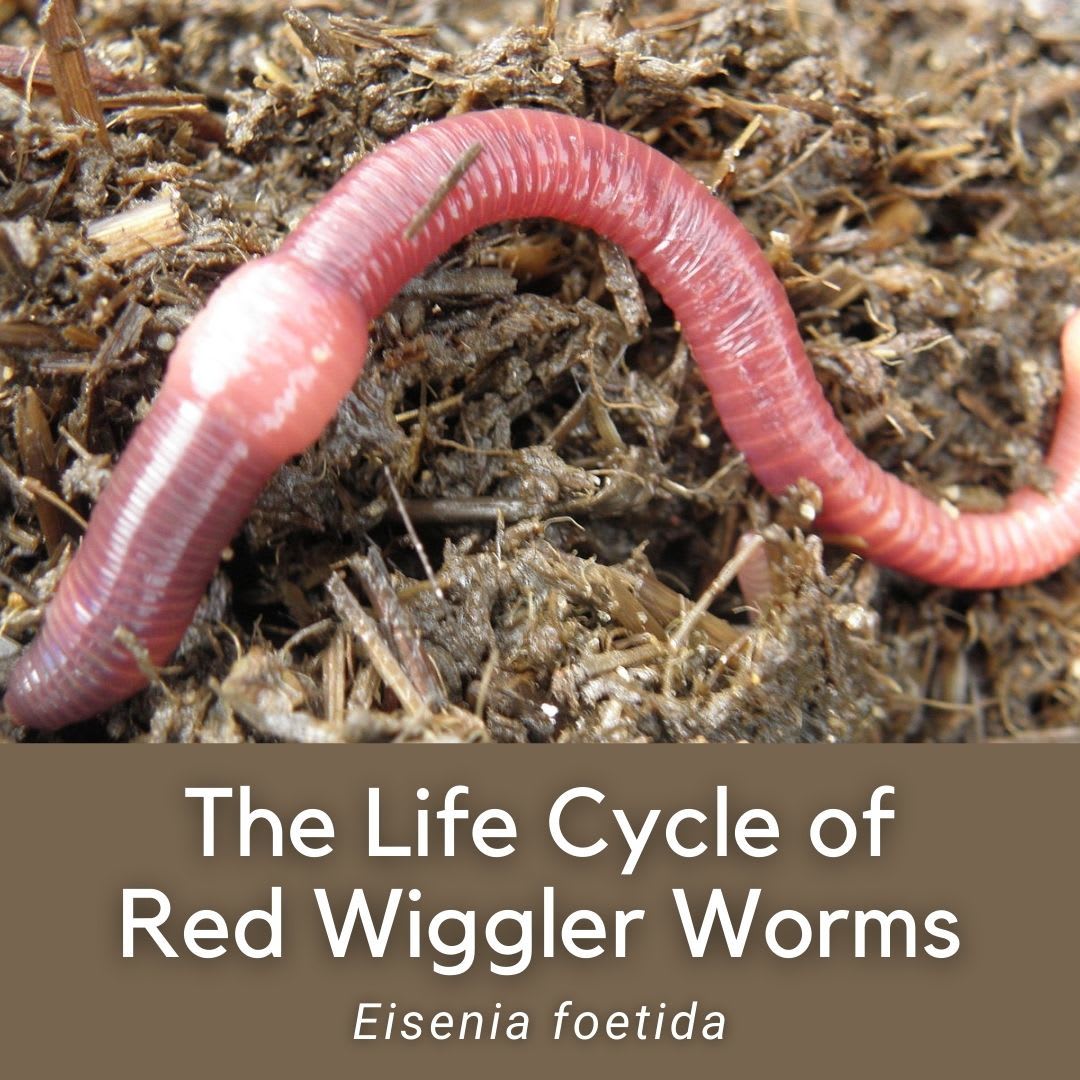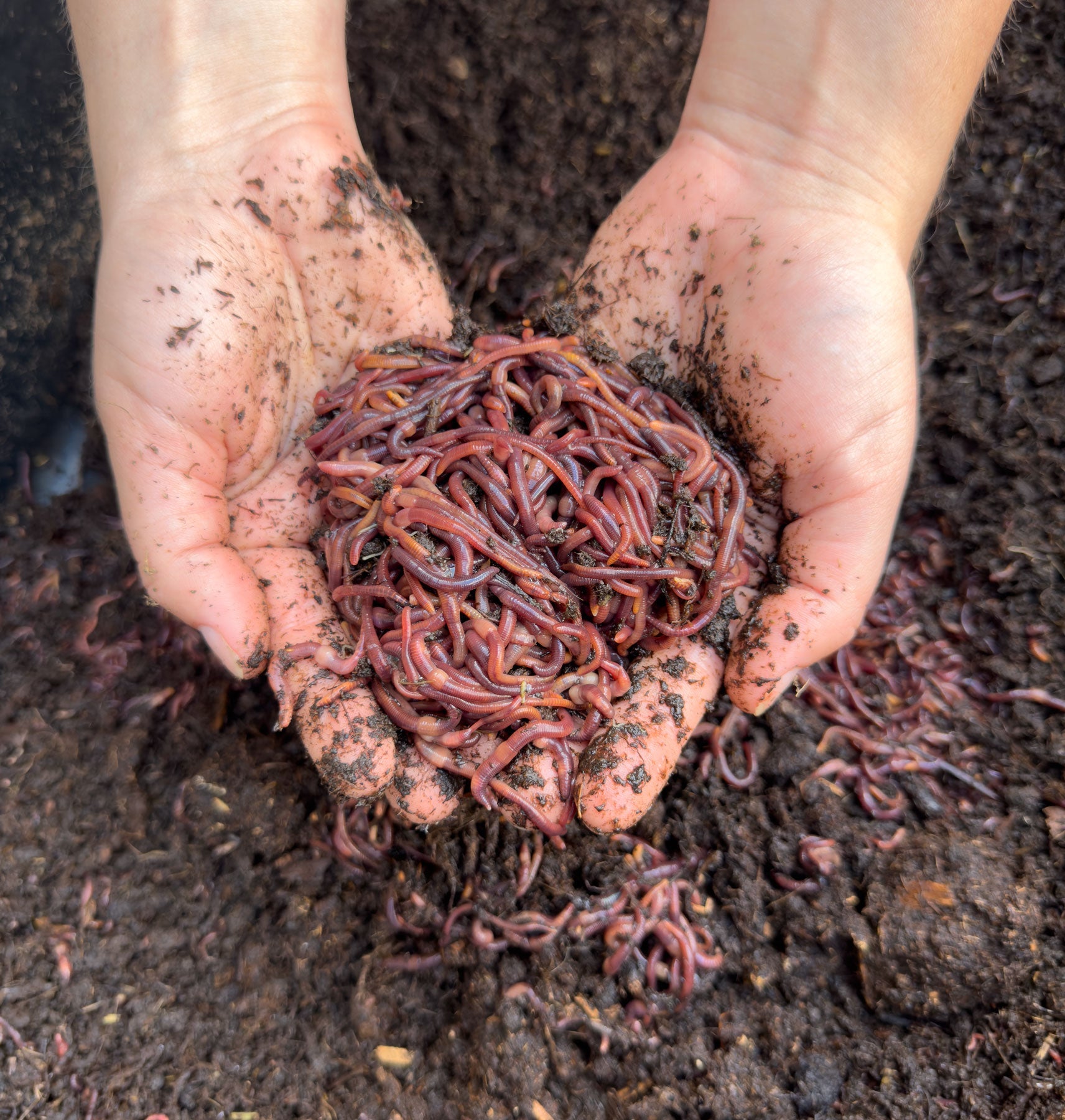Use Lake Hickory Bait for Amazing Lawn Health and Gorgeous Greens
Use Lake Hickory Bait for Amazing Lawn Health and Gorgeous Greens
Blog Article
Red Wigglers: The Unsung Heroes of Organic Waste Recycling
Red wigglers, or Eisenia fetida, function as essential representatives in the organic waste recycling process, transforming discarded materials into valuable vermicompost. Their efficient breakdown of natural matter not just enhances soil high quality however also adds to sustainable waste monitoring methods. As the globe increasingly looks for services to deal with waste accumulation and improve agricultural efficiency, comprehending the role of these worms becomes crucial. What devices allow them to thrive in garden compost settings, and just how can they be efficiently utilized in both property and commercial setups? Checking out these concerns exposes the broader implications of vermicomposting in our ecological landscape.
What Are Red Wigglers?
The remarkable durability of red wigglers, medically referred to as Eisenia fetida, underscores their critical duty in natural waste recycling. These little, reddish-brown earthworms are generally located in breaking down raw material, such as compost heap and manure loads. Lake Hickory Bait. Unlike other earthworm types, red wigglers flourish in nutrient-rich environments and are very efficient at breaking down organic materials, making them crucial for vermicomposting

(Red Wiggler Express)In enhancement to their duty in waste decrease, red wigglers contribute to soil health by enhancing dirt structure and aeration via their delving activities (Lake Hickory Bait). Their visibility in composting systems not just improves decomposition prices yet likewise advertises a lasting method to lose monitoring, showing their importance in eco-friendly preservation initiatives
Advantages of Composting With Worms
Composting with worms, specifically red wigglers, supplies countless advantages that enhance both waste monitoring and dirt health and wellness. These worms efficiently damage down natural waste, transforming it into nutrient-rich vermicompost that improves soil. This procedure speeds up decomposition, permitting a quicker recycling of kitchen scraps and various other organic products contrasted to conventional composting techniques.
In addition, the vermicompost produced by red wigglers is including beneficial microorganisms, which help boost soil framework, oygenation, and moisture retention. This boosts the total health and wellness of plants, promoting strenuous development and enhanced returns in yards and agricultural setups. Moreover, using worms in composting lessens the production of greenhouse gases, such as methane, adding to an extra sustainable waste monitoring system.

Just How to Beginning Vermicomposting
Establishing a vermicomposting system is an uncomplicated procedure that can generate significant advantages for both waste administration and dirt enrichment. To begin, pick an ideal container, such as a plastic container or wooden box, with ample ventilation holes to guarantee appropriate air flow. The dimensions ought to preferably be about 2 feet by 3 feet, permitting ample room for the worms to flourish.
Next, prepare bed linens product, which can include shredded paper, cardboard, or coconut coir. This bed linen must be moistened to develop a suitable habitat for the worms. Once the bed linens is in area, present red wigglers (Eisenia fetida) into the bin, normally around one pound of worms for each square foot of surface location.
Following the positioning of worms, add organic waste, such as fruit and veggie scraps, coffee grounds, and smashed eggshells. With these steps, you will successfully initiate a vermicomposting system that contributes to sustainable waste administration and enhances your soil.
Maintaining a Healthy And Balanced Worm Bin
(Lake Hickory Bait)Keeping a worm bin growing requires routine attention and like ensure the health and wellness of the red wigglers and the effectiveness of the composting process. Appropriate maintenance begins with keeping an eye on the dampness degrees; the bin must perspire however not soaked. A great general rule is to keep a consistency similar to a wrung-out sponge.
Oygenation is crucial as well. Gently blending the bed linens and food scraps every few weeks avoids compaction and makes certain that all worms have accessibility to oxygen. In addition, it is necessary to feed the worms appropriately. A balanced diet plan of vegetables and fruit scraps, coffee grounds, and smashed eggshells should be offered in moderation to stay clear of overfeeding, which can lead to odors and pests.
Temperature level guideline is an additional vital element. Red wigglers prosper in a variety of 55 to 77 degrees Fahrenheit. If the bin ends up being too hot or cool, the worms might end up being stressed out - Lake Hickory Bait. Periodically check for signs of health and wellness, such as worm populace development and the presence of healthy and balanced spreadings. By vigilantly taking care of these aspects, one can maintain a robust and effective worm bin.
Effect On Sustainable Living
The successful maintenance of a worm container not only profits the health of red wigglers but also contributes substantially to sustainable living practices. By reusing natural waste, such as kitchen area scraps and lawn debris, red wigglers assist divert substantial amounts of material from land fills. This reduction in waste not only lowers greenhouse gas emissions yet also minimizes the ecological concern related to waste administration.
Moreover, the castings generated by red wigglers function as a nutrient-rich natural plant food, improving dirt wellness and promoting plant development. This natural choice to chemical fertilizers sustains sustainable agriculture and gardening practices, decreasing reliance on synthetic inputs that can harm ecological communities. Furthermore, worm composting fosters recognition of waste administration, motivating individuals and neighborhoods to adopt even more lasting behaviors.

Final Thought
In summary, red wigglers work as essential factors to organic waste recycling via their efficient decomposition of natural materials. Their capability to create nutrient-rich vermicompost improves soil wellness and supports lasting farming practices. By integrating vermicomposting into waste management methods, people and areas can substantially reduce waste while advertising ecological sustainability. The role of Eisenia fetida in fostering healthy ecosystems highlights the value of these organisms in attaining lasting living and enhancing soil fertility.
Report this page